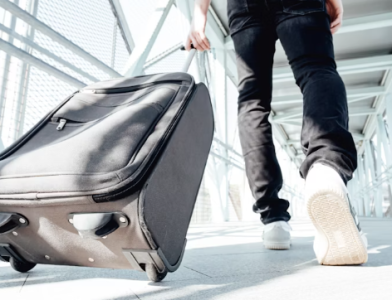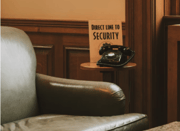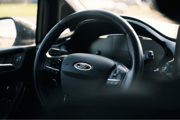Heads up, travelers! This airport security hassle may soon be a thing of the past
- Replies 0
Heads up, travelers! This airport security hassle may soon be a thing of the past
There’s been a quiet but significant shift in how millions will navigate one of the most frustrating parts of flying.
For years, a certain security ritual has been a sore spot for travelers—annoying, uncomfortable, and, for some, downright undignified.
Now, a recent federal decision is doing away with that exact practice, aiming to make the airport experience a bit less stressful.
After nearly two decades, one cumbersome checkpoint routine is finally being phased out.
Travelers in the US are no longer required to remove their shoes when passing through Transportation Security Administration (TSA) checkpoints.
The Department of Homeland Security (DHS) confirmed that this longstanding rule—introduced in 2006—has officially been dropped nationwide.
The rule originally followed an attempted shoe bombing incident, but Secretary of Homeland Security Kristi Noem said current systems now offer enough protection without needing passengers to take off their footwear.
"We are excited with the fact that we have the technology now...that give us the ability to allow our travelers to keep their shoes on," Noem said during a press conference held at Reagan National Airport.

Officials say this update is possible due to major advancements in both equipment and procedures at airport checkpoints. Image source: Ave Calvar / Unsplash
Airports have adopted what DHS describes as “layered security,” including new scanning technology and more TSA officers to catch potential threats without removing shoes. Travelers will still pass through multiple levels of screening, along with identity checks.
Another factor? The full implementation of the REAL ID requirement adds a deeper layer of ID verification for most travelers.
Read also: Travelers are just noticing this boarding pass detail–Here’s what it means
But don’t throw out your slip-ons yet. Even with the updated rule in place, exceptions may apply.
"There will be individuals at times that will be asked to remove their shoes, if we think there is additional layers of screening that is necessary that may still happen to an individual,” Noem clarified.
This means that while the new rule removes the universal requirement, specific cases may still prompt shoe removal at a screener’s discretion.
Read also: TSA update: 11 items you can now bring in your carry-on—no size limits needed (at some airports)
TSA PreCheck isn’t going anywhere—and it still has its perks. PreCheck members will continue to enjoy expedited screening, which means not having to take off belts or coats or remove laptops and compliant liquids from their bags.
“I believe PreCheck will still be something that many travelers will want to utilize,” Noem said. Frequent flyers are expected to benefit most from keeping their PreCheck memberships active.
Secretary Noem also hinted that the shoe policy may just be the beginning.
Over the next six to nine months, DHS will test new pilot programs at select airports designed to make the checkpoint experience even smoother.
These programs aim to eliminate the need to interact with TSA officers entirely, skip the machines, and allow passengers to leave devices like laptops inside their bags.
Read next: Are you making this TSA mistake? Frequent flyers say this one habit could put your valuables at risk
Key Takeaways
- Travelers in the United States will no longer be required to take off their shoes at airport security checkpoints, following a policy change announced by the Department of Homeland Security.
- The new rule comes after an evaluation of security technology and processes at airports nationwide, with Homeland Security stating they are confident current measures are strong enough to keep travelers safe with their shoes on.
- Passengers may still be asked to remove their shoes in certain cases if additional screening is deemed necessary, but this will not be required for everyone as before.
- The TSA plans further improvements to streamline security screening, including possible pilot programs where travelers won’t need to interact with officers or remove devices like laptops from their bags.






